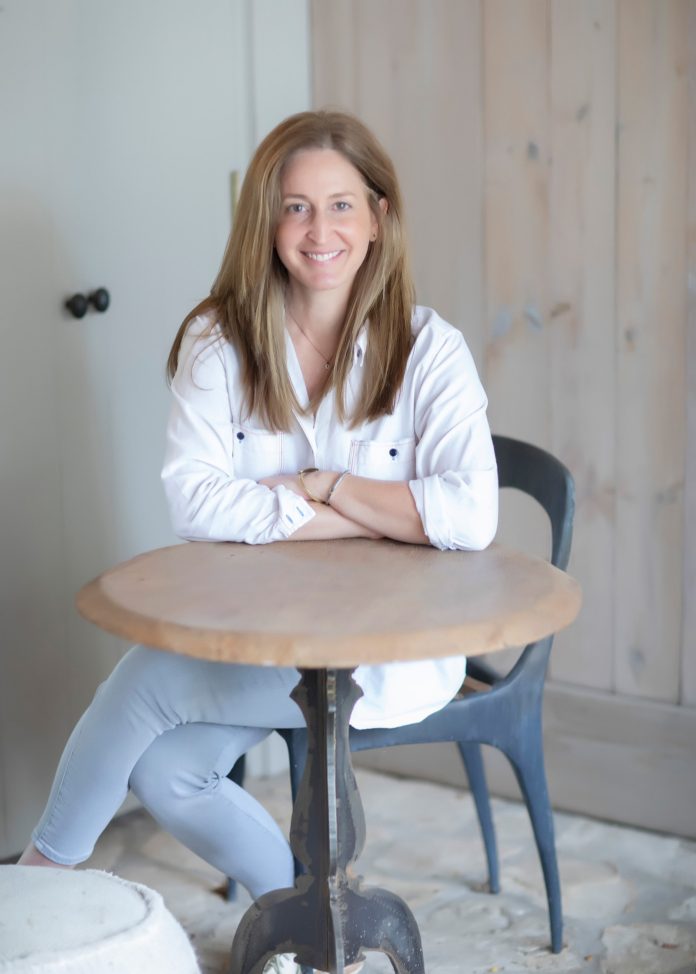Of all the things you think about when getting divorced—lawyer fees, custody arrangements, dating!!!—interior design is usually not one of them. But it should be. After all, in today’s egalitarian legal system, physical custody is typically split 50-50 between both parents—which means each adult needs a cozy, warm, cheery home for their children.
I should know. Just over two years ago my husband and I separated after nearly a decade as a duo, a couple years of marriage, and two beautiful sons. For the first year, we “nested”—he and I shuffled back and forth between our Manhattan co-op while our little guys remained in place. The arrangement worked—until it didn’t. And so, just over a year ago, right before the pandemic hit, I moved into a light-filled rental five minutes away from both the boys’ school and their other father.
Armed with an existing array of furniture, a few fancy hand-me-downs, and items sourced from a hotel’s going-out-of-business sale, I settled into my new home with my mom (full-time), boys (half-time), and nanny (during the day) to ride out the pandemic. The apartment is comfy and stylish (ish) and happy. But, I concede, owing to the shutdown, it never felt just right—particularly the twins’ room. And that is where Stacey Herman comes in.
Stacey Herman.
Photo: Stripe Street StudioOver the past few years, Herman’s Stripe Street Studio has made a nifty business helping men like me—divorced dads looking for a bit (or a lot) of design help. It’s a smart niche, considering that even the most progressive couples seem to often relegate most major design decisions to the wife. Or as one Stripe Street client in Oklahoma confessionally put it, “I leaned on my ex-wife to design and handle our home—I had no idea what it was like to decorate or choose patterns.”
As a result, newly single men are often unsure how to create homes to suit both their growing kids and retroactive-bachelor life. Those with the means (and modesty) to ask for help wisely seek it from Herman and the full range of nationwide design services offered by Stripe Street. (Though the firm does work with non-divorced folks too.)
Warm and comforting—with a designer’s eye and therapist’s touch—Herman spent more than 20 years working with more conventional clients before landing on divorced dads after “conversations with a few friends who had recently started the divorce process,” she explains. “They were describing the challenges associated with starting over in a new house and all of their new roles and responsibilities. As a mom and specialist in logistics and design, I offered to help them create warm and inviting homes that inspired family continuity.”
Full disclosure: I never expected to get divorced. But then again, I never expected to get married. Now over 40, I am, perhaps, the last generation of LGBTs who simply assumed marriage and parenthood would forever remain out-of-bounds. But aided by science—and the Supreme Court—we were blessed with a wedding and our twins in late 2016.
A refreshed work station for the author’s twin boys.
Photo: Anastassios Mentis/Stripe Street StudioWhile we certainly weren’t the first LGBT parents around, our family still felt pioneering, which is why the divorce hit with such a thud. After all, not only had we failed each other—and our boys—I felt as if I’d failed our community. With so few gay dads around, especially Black and Latin American gay dads like ourselves, I finally felt like the type of role model I, myself, had so desperately needed decades ago.
But with our family now fractured, how could I be a role model if I was no longer so sure of my role? Honestly, I am still not entirely sure. But our new home—first with my own attempts at design and more recently improved by help from Herman—has provided me with the necessary space to figure what it means to be a divorced gay dad (and, along the way, perhaps become a new kind of role model).








